

Do you regularly fall asleep with the TV on? Are you addicted to late night TV watching?
It may seem like a common and harmless habit. But according to research from The National Sleep Foundation, light pollution from televisions and other electronic devices can interrupt deep sleep and even cause mood disorders. Specifically, the NSF has found that the blue light given off by electronics blocks melatonin production, which is key to maintaining your body’s circadian rhythm.
Another factor in TV-related sleep disruption is over-stimulation. If you’re watching an upsetting story on the late night news, a sports game, or a gripping drama, you’re likely to set off your body’s fight-or-flight response. So instead of relaxing into a sleep-conducive state, you’ll feel stressed, alert, and far from slumber.
Whether or not you’re already having trouble sleeping, finding an alternative way to drift off will improve your sleep patterns as well as your overall health. Read on to discover the ten ways to fall asleep without the TV on.
These apps and gadgets address both light and sound and can be used separately or as a combination.
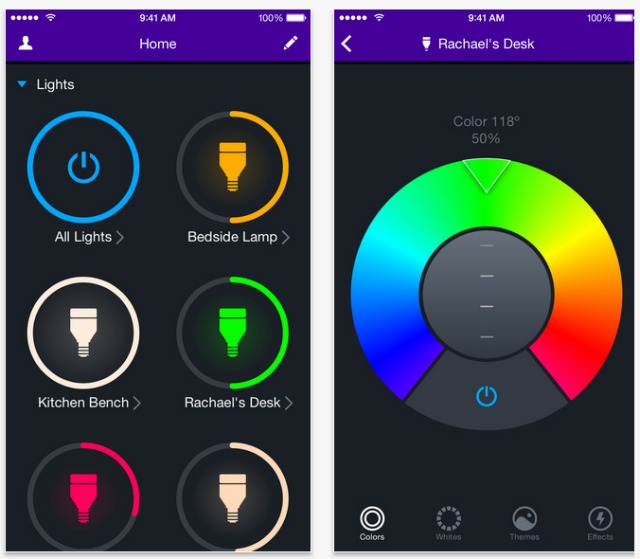
You can control this multicolored bulb with an app. Change the color according to your mood, the time of day and your activities. To help you sleep, light purple will ease you into a relaxed state and deep red will ensure quality slumber. You can also set a dimmer to lower the light slowly at bedtime. The LIFX multicolor LED bulb aids you in kicking the TV habit by substituting that blue glow with a more sleep-friendly color.
Download: LIFX for iOS | Android | Windows Phone
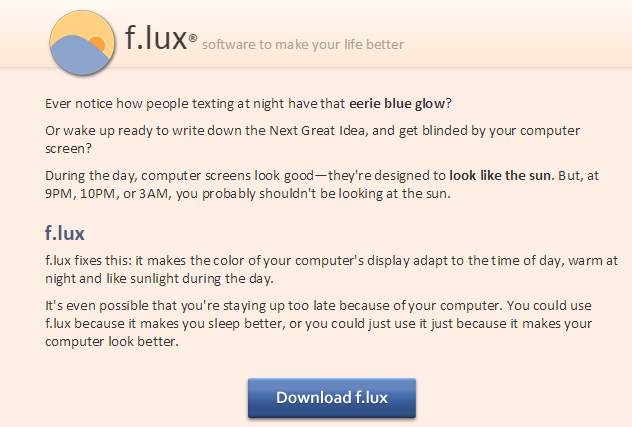
This free program changes the hue of your computer, phone or tablet screen to align with the time of day. During waking hours, it’s fine for screens to mimic natural sunlight, but that light can be harmful at night or early in the morning. With f.lux you can use your gadgets at night without disrupting your circadian rhythm.
This program could be helpful to TV watchers who aren’t ready to give up their pre-bedtime entertainment altogether. If you watch your favorite show on your f.lux-enabled computer instead, you’ll minimize the difficulty in falling asleep afterward.
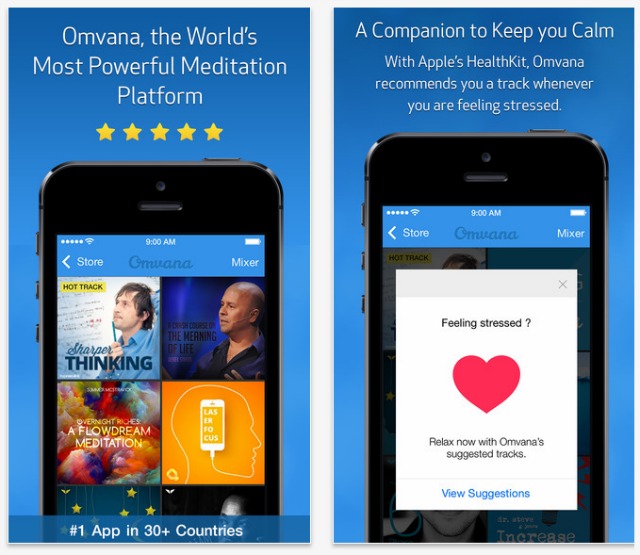
Light is just one aspect of TV-watching that some sleepers find comforting. If you also depend on the background noise to lull you off to dreamland, there are a variety of healthier alternatives. Omvana is a meditation app, and while there are recordings for every situation and time of day, you should try the sleep-inducing tracks first. Just like TV, you can turn it on and close your eyes.
But Omvana is better for your sleep than television. For one thing, its sleep meditation recordings are intended to be tranquil and relaxing. There’s no laugh track or loud advertisements to jolt you awake. And it won’t play all night, so you can get the best rest possible.
Omvana is free to try. In-app purchases for specific meditation programs range from $2.99-$7.99.
Download: Omvana for iOS | Android
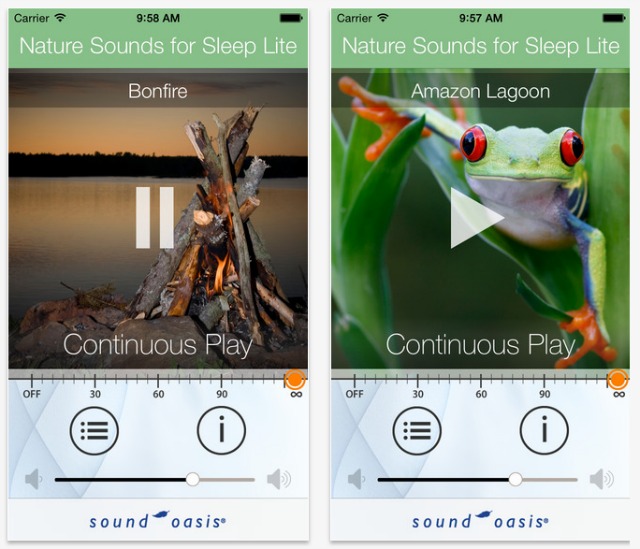
Meditation may not be for everyone. If you prefer background noise without words, try the Nature Sounds for Sleep app. Just as its title advertises, this app offers high-quality recordings of natural soundtracks such as “Amazon Lagoon,” “Bonfire,” ocean waves, rainstorms and a waterfall.
In addition to selecting your favorite nature sound, you can control the volume and set a timer to run the app any length of time from five minutes to two hours. This app could be especially helpful for urban dwellers who are more accustomed to screeching sirens than frog calls and gentle waves.
The lite version of Nature Sounds for Sleep is free. The full version costs $1.99 and offers many more sounds with greater volume control.
Download: Nature Sounds for Sleep Lite for iOS | Android
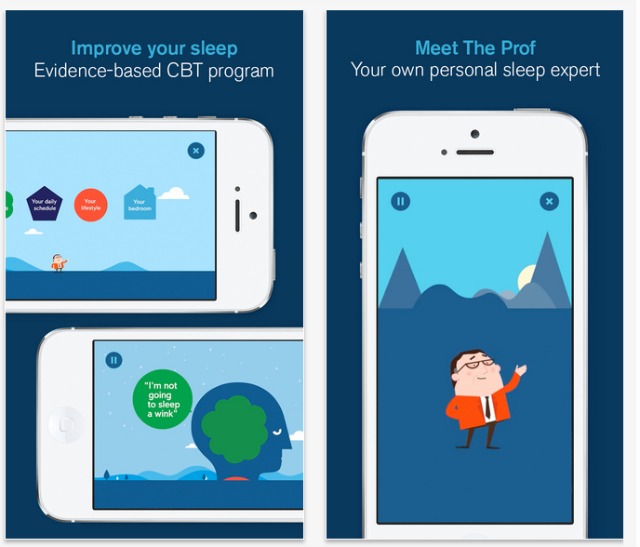
What distinguishes Sleepio from other apps is its creator, Sleep Expert and University of Oxford Professor, Colin Espie. Sleepio uses Cognitive Behavioral Therapy to offer users a personalized plan for overcoming sleep issues such as falling asleep, night waking and daytime lethargy.
The app’s “Prof” will help you with weekly sessions and on-the-spot advice to keep you on track during rough patches. This level of science-backed and individualized instruction could help everyone struggling with sleep, especially those whose problems have proven especially stubborn and difficult to eradicate.
After a free seven-day trial you can buy 1 week of help for $12.33 or 12 weeks for $92.55. It’s an investment, but likely to be cheaper than getting face-to-face professional help.
Download: Sleepio for iOS

Is there a more soothing sound than the soft pitter patter of rain against your window? This app brings you real rain recordings to help you fall asleep, stay asleep, or relax before bedtime.
Choose from 20 sound options categorized as Gentle, Medium or Heavy. You can set the timer for any length up to 24 hours. With so many options to choose from, you won’t get bored quickly.
Sleepmaker Rain is free, making it a no-risk app to try, especially if you already use other white noise sources to help you sleep. And TV watchers are sure to find this app a more relaxing alternative to laugh tracks and loud commercials.
Download: Sleepmaker Rain for iOS | Android
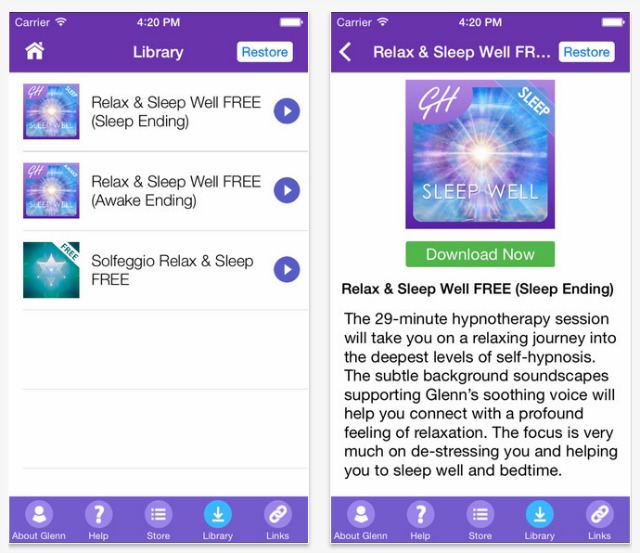
When you’ve tried everything else, try hypnotherapy. Self-Help Author Glenn Harold created this app to help bad sleepers through self-hypnosis and guided meditation.
There are two free tracks, one for hypnotherapy and one for meditation, as well as a free eBook on self-hypnosis. If you want more options you can purchase additional tracks for $3.35 each. This app provides help with sleep and relaxation as well as other issues such as weight loss, anxiety and low self-esteem. So it could be helpful for people who need help with more than just sleep.
Download: Relax & Sleep Well for iOS | Android
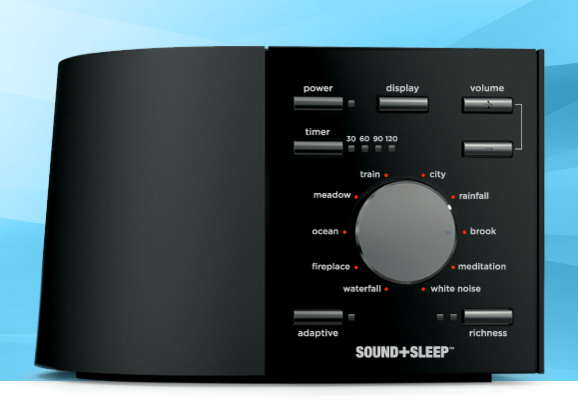
Sound machines are another option for soothing background noise. The Ecotones Sound Sleep Machine is like the Cadillac of noise machines, with adaptive sound technology. This means it can hear all the external noises you hear and adjust its volume accordingly.
That said, it doesn’t have as many soundscapes to choose from as Nature Sounds for Sleep, but it does offer added details. For example, you could add birdsong to the soundtrack of your choice to personalize it. And some people might find sound machines more helpful than apps because there is no temptation to start reading email or playing with other apps.
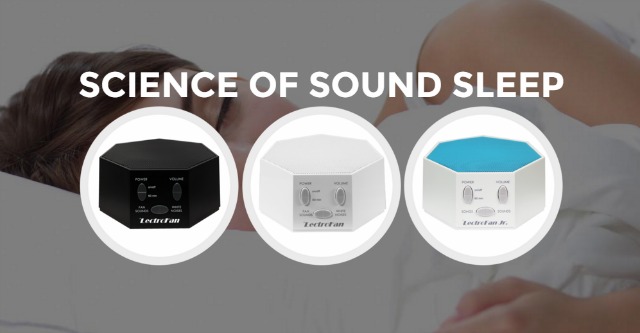
For those who prefer to keep it simple with the sound of a fan or other white noise, Lectrofan can replace the low murmur of the TV you love so much. Although Lectrofan only offers two kinds of noises, there are still 10 kinds of background noise to choose from.
Like the previously mentioned machines and apps, Lectrofan’s sound machines come with volume control and sleep timers. One novel feature Lectrofan boasts is USB power, making it easily portable for travel.
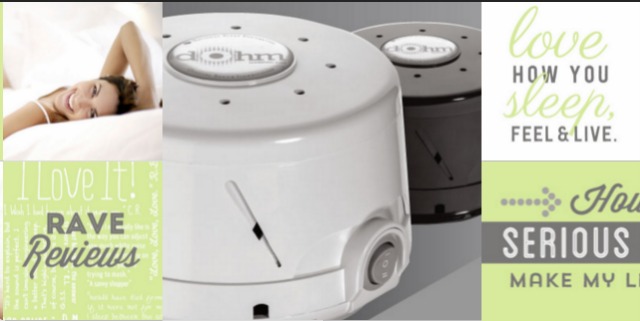
If you just want to turn your sound machine off and on like you would the TV, look to the Marpac Dohm for help. This machine doesn’t have a lot of bells and whistles, but it’s one of the only sound machines that doesn’t use recordings.
Instead the Dohm’s internal fan creates the sound of rushing air. And there are still some options you can control including speed, volume and pitch. The Dohm is a great sound machine to start with if you want to try white noise but are uncertain how well it will work for you.
Now that you understand the negative effects of sleeping with the TV on, you can find a healthier alternative that still fulfills your need for nighttime sound and/or light so you can get quality sleep.
Of course, there are a number of other factors that can improve your sleep as well.
For example, the 60 to 80 percent of people who experience back pain can often improve sleep by changing their mattresses and even simply going to sleep at the same time each day can do wonders for your biological clock.
How will you improve your quality of sleep tonight?
Image Credit: man sleeping by kryzhov via Shutterstock




 6 Ways Enhanced Steam Makes Valve's Steam Store Even Better
6 Ways Enhanced Steam Makes Valve's Steam Store Even Better Bladestorm: Nightmare Wiki – Everything you need to know about the game .
Bladestorm: Nightmare Wiki – Everything you need to know about the game .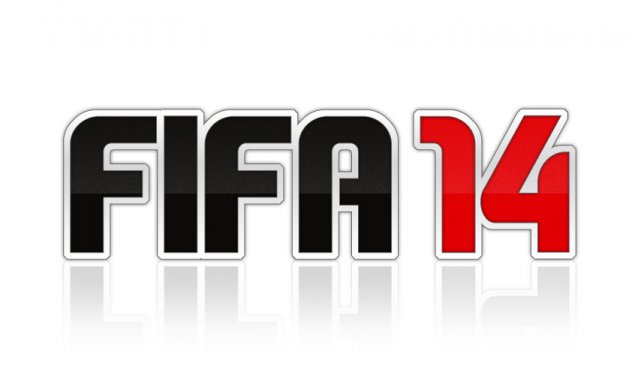 FIFA 14: A General Consensus of What The Fans Want
FIFA 14: A General Consensus of What The Fans Want Beyond Two Souls Wiki: Everything you want to know about the game .
Beyond Two Souls Wiki: Everything you want to know about the game .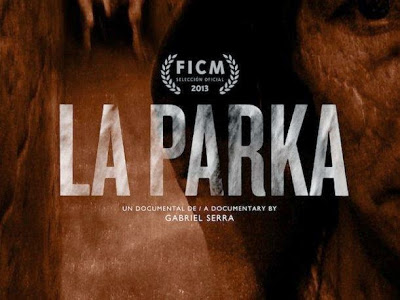 La Parka nominated for Academy Award for Best Documentary Short Subject
La Parka nominated for Academy Award for Best Documentary Short Subject